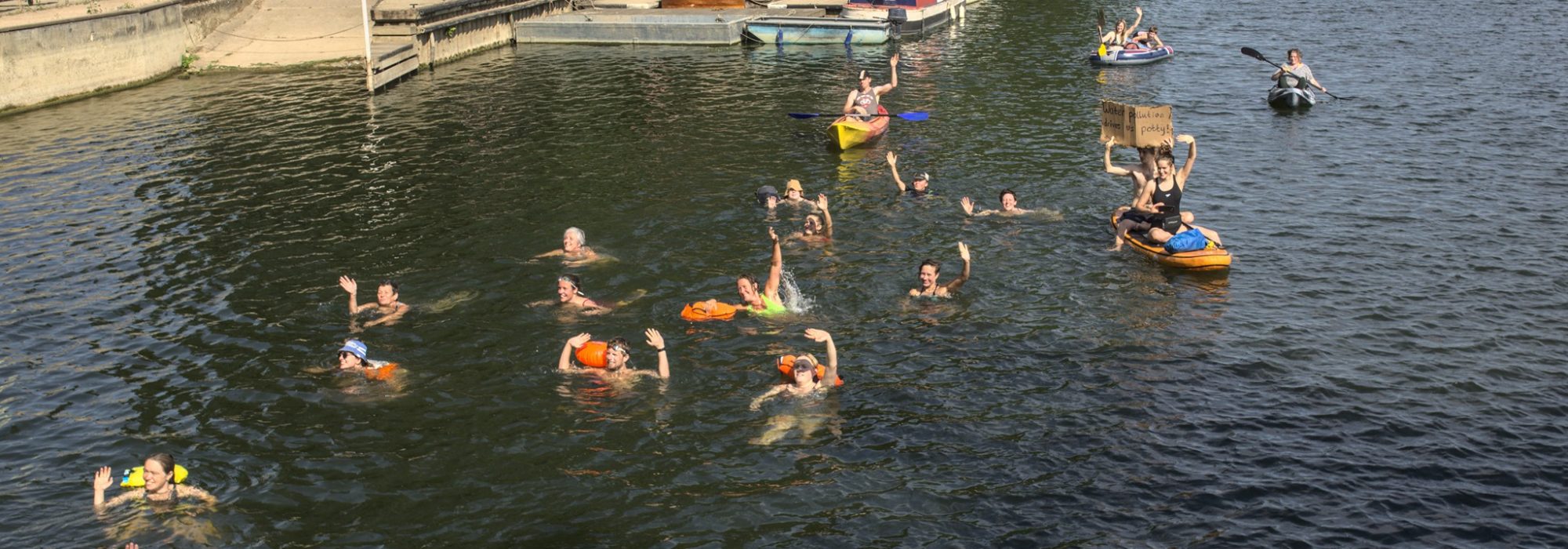Oxford Rivers Project
Oxford is a city defined by its rivers (the Thames and the Cherwell) and streams, and the people who love them. From ancient floodplain meadows to formal gardens to reclaimed rubbish tips, there are numerous riverside green-blue spaces throughout the city. Thousands of people – residents, tourists and students alike – take to the rivers for swimming, rowing, kayaking, punting, paddleboarding and boat trips every year, and many more regularly walk, run or picnic on riverbanks.
The Oxford area has numerous nature reserves and has been identified as an “important freshwater area” for its freshwater biodiversity. Its floodplain meadows are protected nationally as a “special area of conservation”. Yet despite this, its rivers and waterways are in a bad state, with only 2 out of 48 waterbodies classed as in good ecological health (4%).
Like many other areas of the country, the rivers are struggling due to both raw and treated sewage, run-off from agriculture, road run-off, plastic and ‘forever’ chemicals. River barriers prevent fish migrating, and inappropriate development, habitat loss and invasive species lead to declines in freshwater wildlife and plants.
The Oxford Rivers Project brings together people who love their local rivers and streams in the Oxford area to take action. The three aims are:
- To increase people’s awareness and understanding of rivers and what makes them healthy;
- Monitor river health and pollution using citizen science;
- Improve local rivers and streams through direct habitat improvements or working with others to stop pollution (e.g. raw sewage).
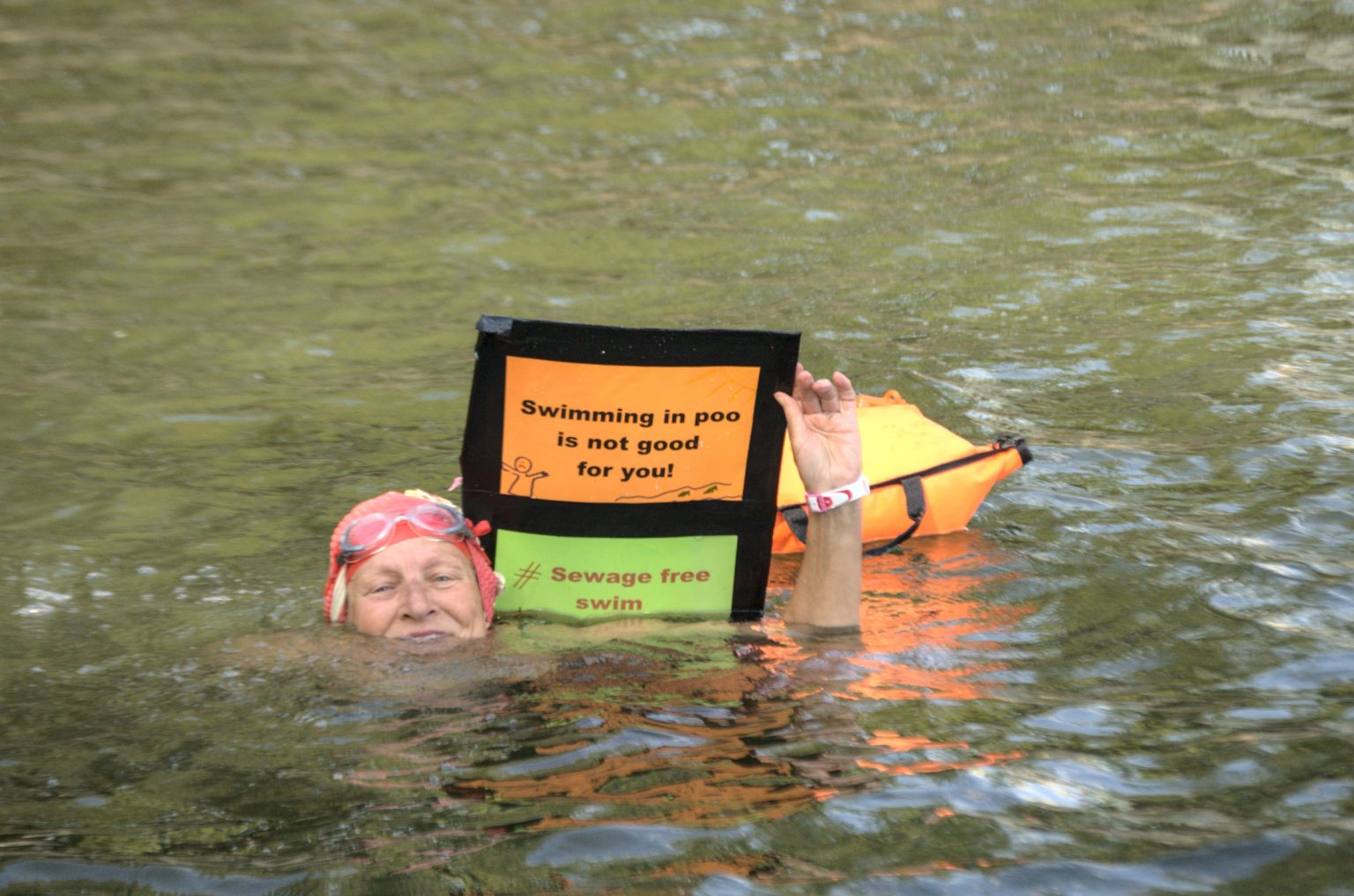
We have two active projects:
- Cherwell and Ray Water Watchers
Our water watchers go out once a month to monitor the health of their local river or stream, testing levels of nutrients and looking out for signs of water vole and mink.
The data they collect can be used to identify sources of pollution and focus on areas which need to be improved, and help us advocate for our river.
Do you think you could join them? The test itself only takes around 20 minutes a month. All equipment and training provided, and you get access to a community of like-minded people and events. If you live in or around Marston, Kidlington, Bicester or Banbury, we would love to hear from you! Contact Claire at cherraywatwatch@gmail.com
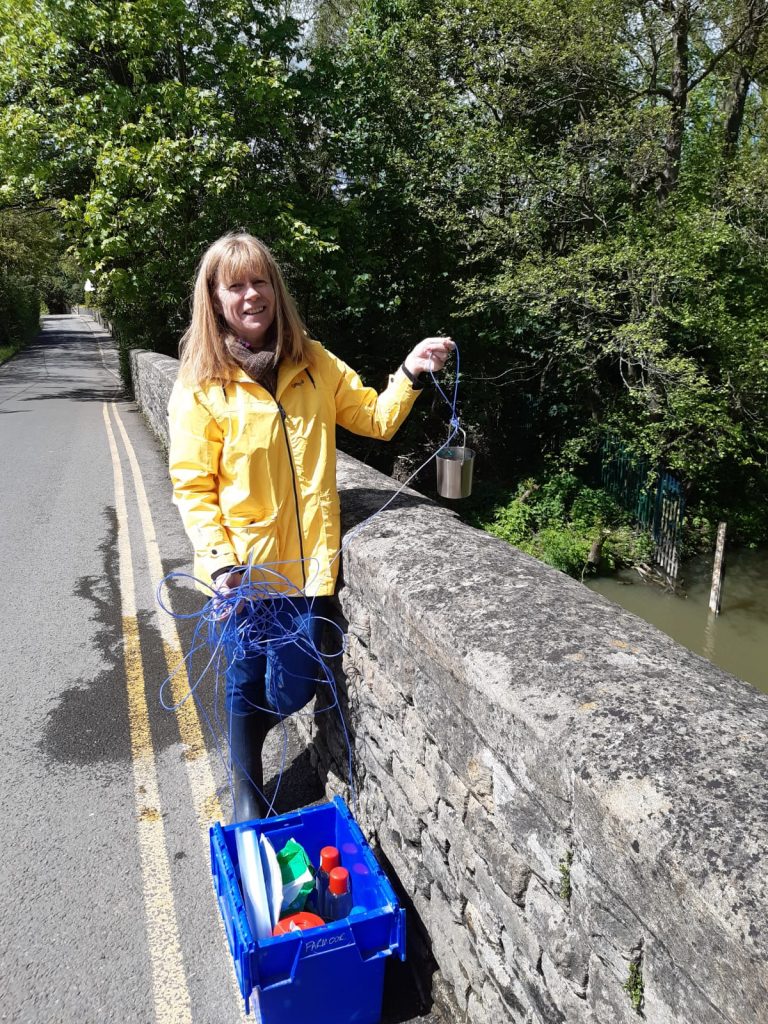
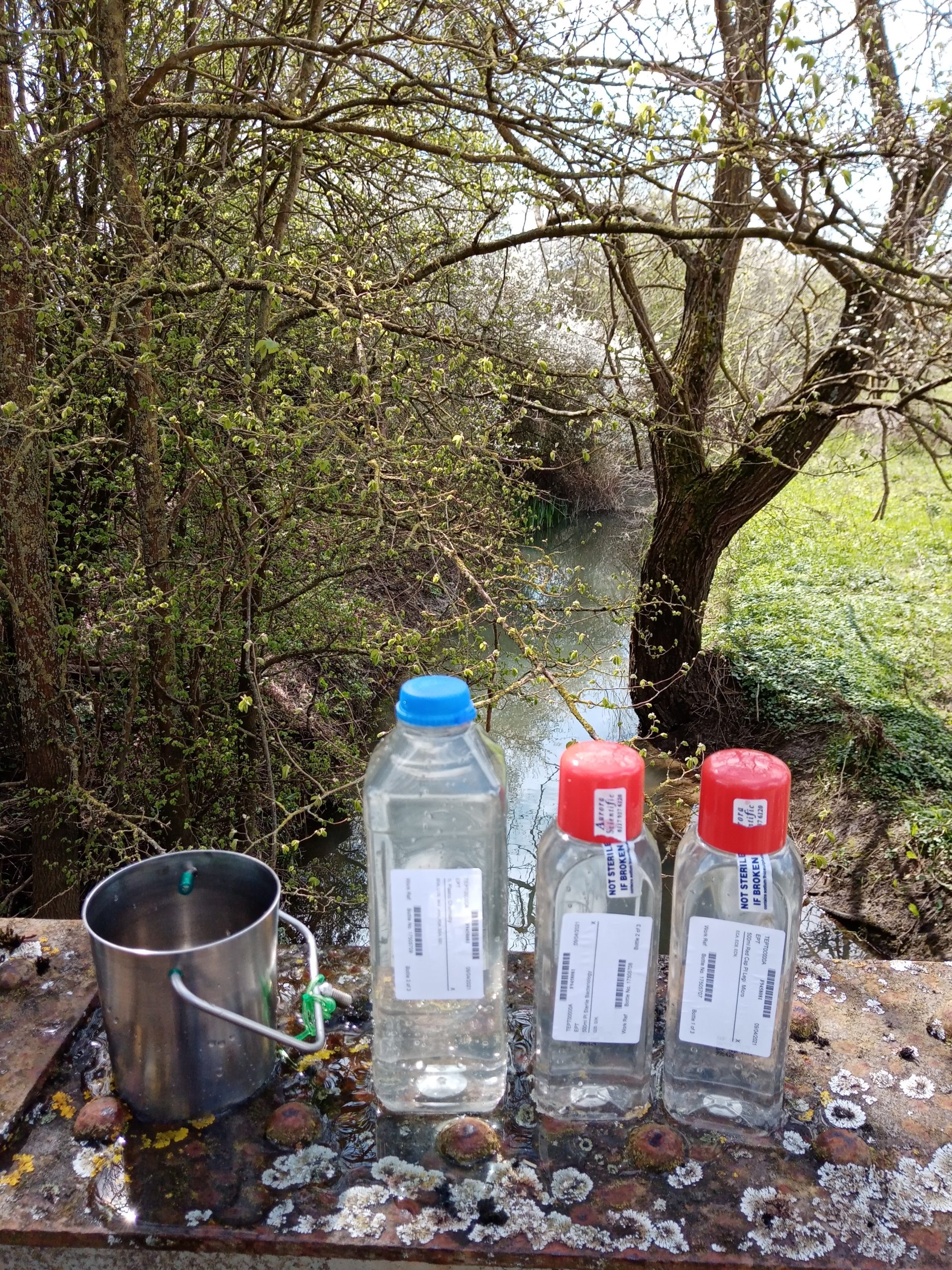
- Sustainable governance for rivers (GOVAQUA)
Thames21 is part of a Europe-wide project to improve river governance: who makes decisions about how rivers are used, how they make those decisions, and who benefits.
Oxfordshire is a “Living Lab” for this project and is supported by the Rivers Trust and the UK Centre for Ecology and Hydrology.
The aim of our project is to increase accountability for river pollution through digital tools and open data.
The project runs until March 2026: watch this space to find out how you can get involved!
Oxford and the surrounding area straddles five different river catchments. Thames21 co-hosts the Cherwell and Ray catchment partnership, and we currently also work in the Ock Catchment. We actively work with other local catchment partnerships, such as the Evenlode, Windrush and Thame as well.
Past projects
In 2020, a concerned group of locals formed a campaign group after realising how frequently sewage was being discharged into the Thames upstream of Oxford.
By October 2020, more than 5,000 residents had signed a petition calling for a ‘designated bathing water area’ in Oxford, regular testing for bacteria, alerts of raw sewage spills, and improvements to the wastewater system.
Oxford City Council, The Rivers Trust and Thames Water all provided funding and in-kind support for the project, which ran throughout 2021, and Thames21 hosted the project.
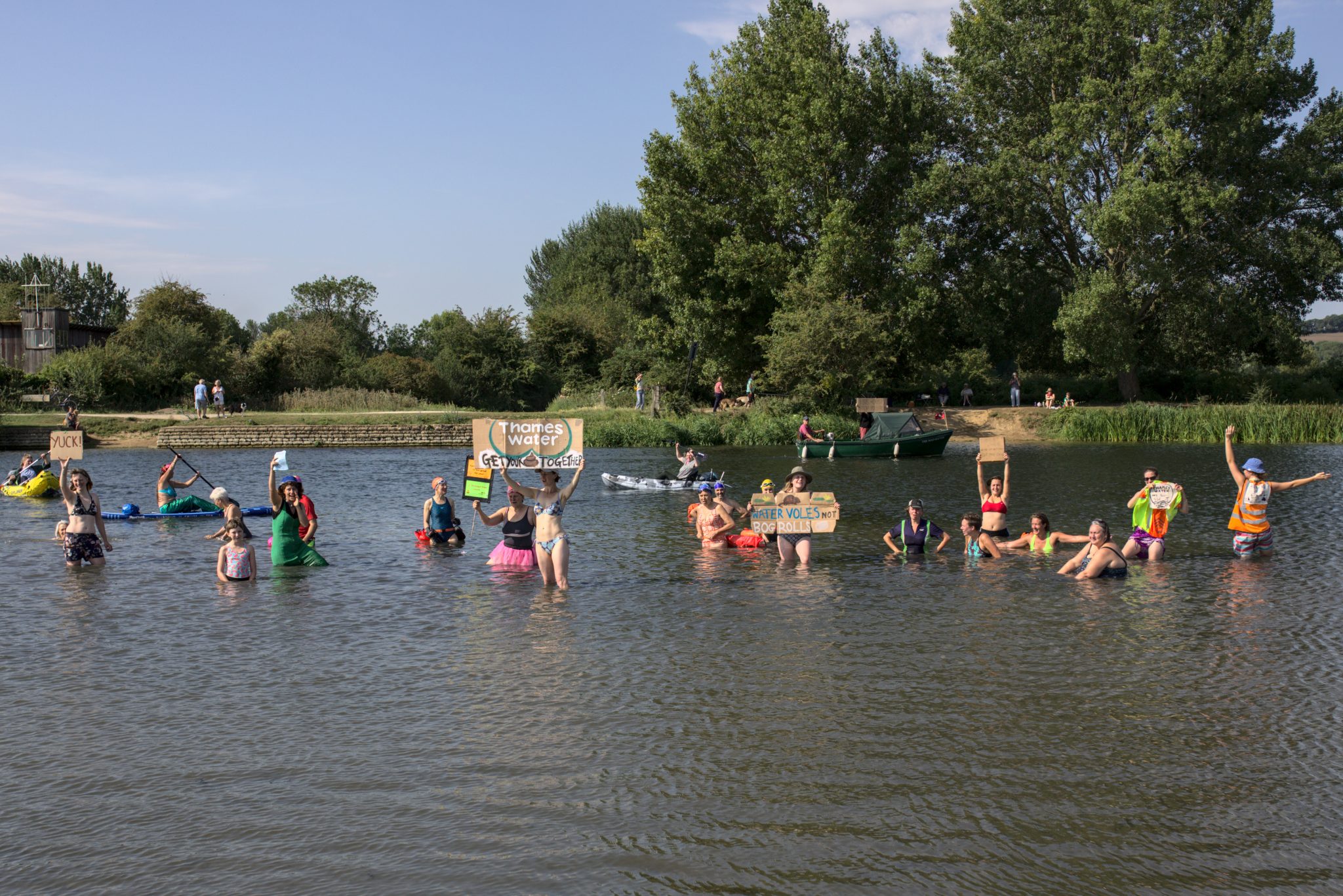
The project kept the original aims of the petition, which, we are proud to say, have now all been achieved or are promised:
- A designated bathing water area: in April 2022, Wolvercote Mill Stream at Port Meadow, Oxford, was only granted bathing water designation: only the second river site in the UK to achieve this. The designation puts a legal duty on the Environment Agency to test for bacteria pollution every week in the summer, and on Thames Water to stop sewage spills and improve water quality upstream.
- Regular testing for bacteria: from January to December 2021, volunteer citizen scientists collected river water samples from 18 locations in and around Oxford, including 8 popular recreational areas. The levels of bacteria were then tested at Thames Water labs. Only 1 site passed the standards for bacteria pollution. Read a summary and download the full report here: https://endsewagepollutionthames.wordpress.com/water-quality-testing/
- Alerts of raw sewage spills: after testing sewage alerts at six Oxford sites in 2021, Thames Water rolled out live sewage spill alerts across its region in January 2023, and now gives alerts for 619 sites.
- Improvements to local wastewater treatment works: in November 2023, Thames Water released plans to put UV disinfection on 3 sewage treatment works upstream of Port Meadow (Cassington, Stanton Harcourt and Church Hanborough) to decrease the bacteria load going into the river. Thames21 are advocating for nature-based solutions like treatment wetlands as well.
If you have any questions about Thames21’s work in Oxford, past, present or future, please contact claire.robertson@thames21.org.uk
